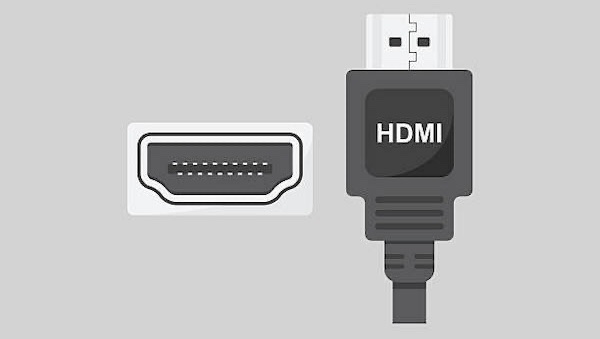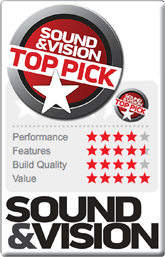Proper Cabling
Video and audio cables offer varying levels of quality. If your video equipment has more advanced connections like s-video, or especially component quality, then you will really get the best quality from your equipment.
Video Cabling
Video connections are very important to your picture quality. Each subsequent option below carries more information than the one before. More information equals a better picture. It is possible to take a good video option and turn it into a bad one with faulty logic and the right adapters. The order below starts with a simple single RCA cable, then comes s-video, and finally RGB or component offers the best picture quality. You'll notice that
component can be cabled in a variety of ways, even more than you will see below.
RCA or composite: These connections carry the least data as a single video cable. They will usually be color-coded in yellow tips. RCA cables are very common and have been around for years.

S-video: The next step up provides a better image than RCA by having more connections allowing more signal definition. Unlike RCA above, where there are only two physical connections, the s-video connector has four physical connections. This allows the s-video cable to carry better information to your video source.

Component: Component is one of the best quality signal and is achieved through several different cabling options. Component is an RGB signal separation. (the color on any tv, monitor, projector, is created through the combination of colors red, green, and blue.) Component can be:
- RGB cable (a set of three RCA connectors coded red, green and blue)
- 9 pin RS232 computer cable
- HDMI cable
A word of caution: There are all sorts of adapters available to change from one type of connection to another. Because of this, you can start with a high quality signal and accidentally reduce it to the lowest quality.
If you start with say component, end with component, and make sure all connections in the series are component. Also, you can not improve a signal just by changing the connectors. If you start with RCA (composite) ending with RGB (component) will not improve your signal.
In the example below the left connection goes to an RGB (component) game console, connects with a conventional RGB cable, and ends with a 15 pin RS232 cable. This works because all of these connections are intended to carry high definition video.

HDMI Video: HDMI connectors are on most home technology products these days – including TVs, display monitors, soundbars, AV receivers, game consoles, projectors and computers. HDMI supports all current video formats, including high-definition signals up to Ultra HD 8K/120p. HDMI cables can carry both audio and video signals depending on your particular equipment.

Audio Cabling
Audio is the simpler of the two cabling tasks. Audio can be analog or digital. Analog is that pair of rca cables usually marked in red and white, or mini cable like you find on headphones. Digital sound uses “wiring” with no wire, but instead uses light to transfer the signal. As both can be converted to surround-sound, either is perfectly acceptable.


Speaker Wire: It is easy to forget the need for speaker wire. A 16-gauge wire will carry a good signal with little drop or distortion. Sound performance can be hurt by running too long of a thin speaker wire.




